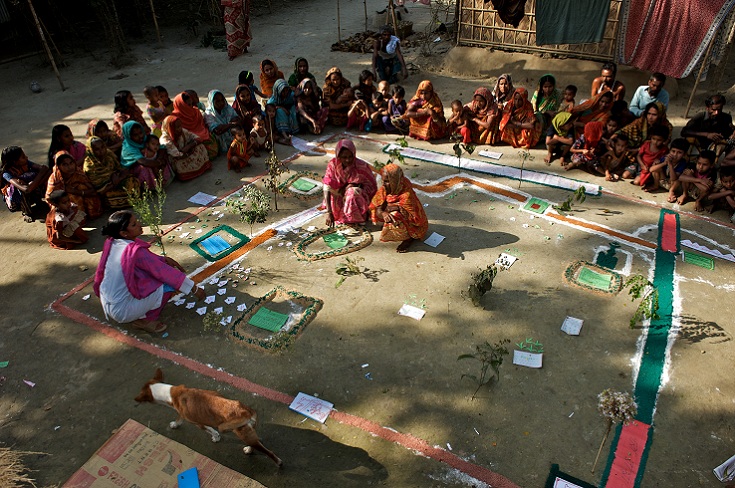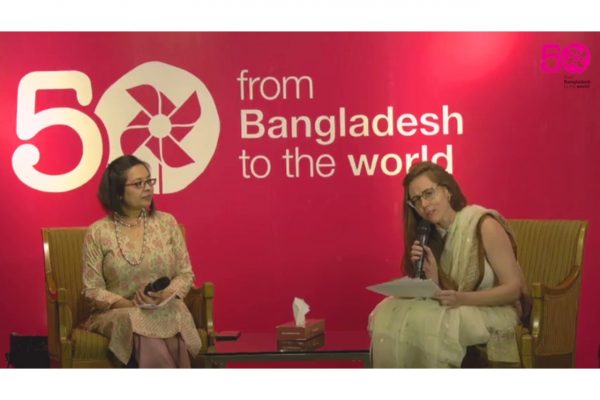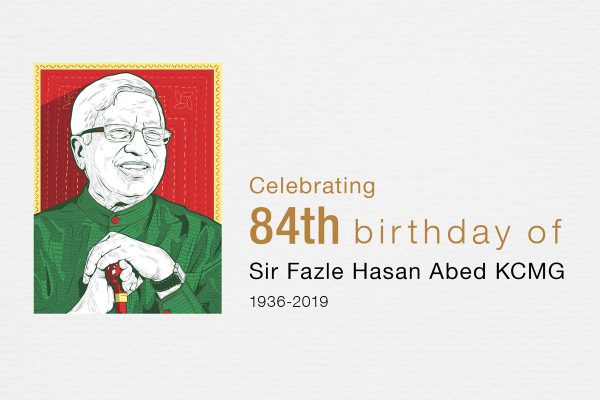Where are the poor? Look for them via the social network
Reading Time: 2 minutes
A group of men and women attend a participatory wealth ranking in Kaposhatia in Pakchanda union in Hossanipur upazila, Bangladesh.(Credit: BRAC/Shehzad Noorani).
“Where are the poor?” asks my colleague Oscar Abello at NextBillion.net, in an article that explains why better targeting of aid and impact investing programs has never been more essential. This is particularly true when it comes to “ultra-poor programs” that have been so successful in addressing the direst forms of extreme poverty.

A group of men and women attend a participatory wealth ranking in Kaposhatia in Pakchanda union in Hossanipur upazila, Bangladesh.(Credit: BRAC/Shehzad Noorani).
“Where are the poor?” asks my colleague Oscar Abello at NextBillion.net, in an article that explains why better targeting of aid and impact investing programs has never been more essential. This is particularly true when it comes to “ultra-poor programs” that have been so successful in addressing the direst forms of extreme poverty.
If it’s done correctly, the very process of identifying the ultra-poor also begins the process of making them part of a social network, which gives them confidence and hope.
The article quotes BRAC’s Rabeya Yasmin offering a lucid explanation of BRAC’s “participatory wealth ranking” – that is, involving communities themselves in figuring out who can best benefit from intervention:
In these programs, the community itself has a huge say in identifying who are its poorest members – and thus likely candidates for the program.
“It starts with building rapport,” says Rabeya Yasmin, director of BRAC’s Targeting the Ultra-Poor program. “In this process, one program staffer and a few of the villagers walk around the village to decide whether this village is a potential location for BRAC’s ultra poor program – does it have a reasonable concentration of poorest households?”
As shown in the photo, the process often involves literally drawing a map in the dirt, as villagers rank the wealth of those in their community.
“They’re asked to consider things like what a given family’s house is made from – whether the roof is tin or thatched, for instance – or whether children are going to school, whether either parent has a steady job or income source, or for how long they’ve had that job, whether they own any other productive assets and so on,” Yasmin adds.
Sometimes known internationally as the “graduation program,” BRAC’s program targeting those caught in the trap of extreme poverty is now being adapted and replicated by other organizations around the world, helping people to the bottom rung of the economic latter using BRAC methodology developed in Bangladesh.
In fact, that process of social networking – old-fashioned, real-world social networks, not the online kind, obviously – is one of the most important lessons from BRAC’s 40 years of experience. It’s a topic I’ll be addressing to an audience more accustomed to “social networking” in the form of Facebook and Twitter at an upcoming session on “Girls Education and Women’s Empowerment in Real World Social Networks” at New York’s Social Media Week, together with colleagues from BRAC and other NGOs.
The argument goes something like this: Those working on global poverty have often found that the roots of poverty lie not just in inadequate education, healthcare and employment opportunities, but also in a lack of adequate social networks – the real world social networks through which people support one another in their struggle to lift themselves out of poverty. A feeling of belonging leads to optimism, which scholars like Esther Duflo have identified as a potential x-factor that breaks the poverty trap.
This is fertile territory that we’ll be returning to in future posts.





